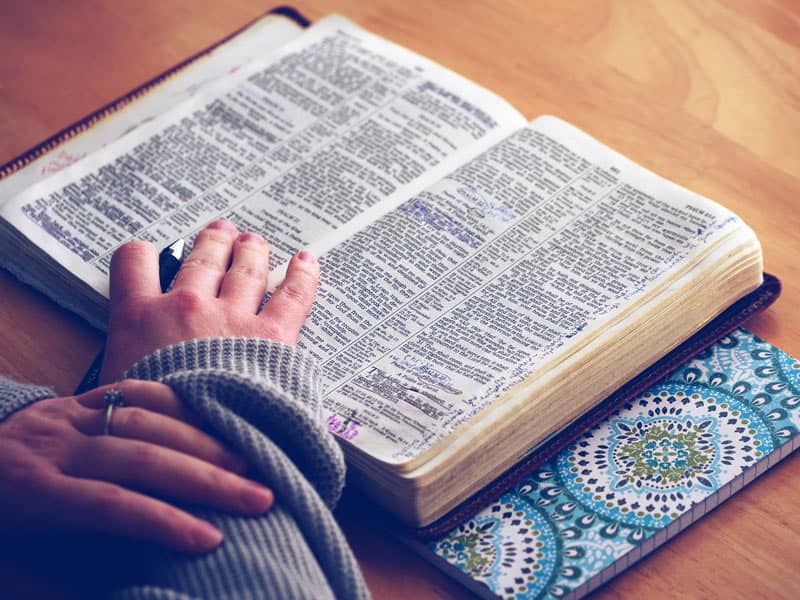By Daniel Klein & Freke Vuijst
Villard, 301 pp.
Once upon a time, the half-Jew was regarded as a strange and lonely figure--an outsider both to society at large and to the Jewish people. Writer Dorothy Parker (nee Rothschild) used to refer to herself as a "mongrel." But as the intermarriage trend has continued, being half-Jewish suddenly seems unremarkably common. Indeed, according to Daniel Klein and Freke Vuijst, authors of "The Half-Jewish Book," "halfies" now outnumber full-blooded Jewish children under the age of 11, and they're gaining on the rest.
More important, Klein and Vuijst contend, half-Jewish is not a partial or fragmented identity to be lamented, but rather a "rich and elaborate" double identity to be celebrated. Unfortunately, the authors--a married couple with a half-Jewish daughter-can't decide whether to name-drop glitzy personalities with Jewish origins or to explore their distinct new cultural sensibility. They end up doing a bit of both.
In People magazine mode, Klein and Vuijst provide a catalog of stars who are half-Jewish, including actors Paul Newman, Harrison Ford, Michael Douglas, David Duchovny, and Matthew Broderick; actresses Goldie Hawn, Gwyneth Paltrow, Sarah Jessica Parker, and Jane Seymour. Not all half-Jews are Hollywood types: the half-Jewish clan includes feminist icon Gloria Steinem; chess masters Bobby Fischer and Gary Kasparov; artist Frida Kahlo; poet Adrienne Rich; writers Dorothy Parker, J. D. Salinger, Mary Gordon, and Marcel Proust; singers Carly Simon, Arlo Guthrie, Paula Abdul, and Courtney Love ... Whew!
When the authors get serious, attempting to explain "the existential complexity of being half-Jewish," they use interviews with non-famous halfies, as well as memoirs and novelistic depictions. Though halfies blend the character traits of (at least) two cultures, they are in many instances typically Jewish: analytic, reflective, bookish, skeptical, given to complicated moral deliberation, self-mocking and ironic, averse to alcohol and violence, partial to classical music, and attached to liberal political causes. Even halfies who discover their Jewish origins late in life often express a sense of always having known they were somehow different.
Klein and Vuijst like to emphasize how "unique, remarkable, and downright dazzling" the halfies are, how they harmonize two identities into "a glorious new and coherent whole." But they hedge their bets by citing a downside to every positive half-Jewish feature: broadmindedness, tolerance, and empathy are often counterbalanced by difficulty in committing to a single idea or cause, particularly those involving ethnic claims. Socially adaptable and moving easily between one group and another, half-Jews sometimes worry about a "chameleon-like" tendency that can make them feel like a "split personality." They find many forms of spirituality appealing but "never feel completely at home in any one religion." Thus, the authors concede, the half-Jewish condition can also be "lonely" and "fragmented."
This is not to say that Klein and Vuijst probe very deeply the difficult aspects of being half-Jewish. More seriously, they don't consider how the phenomenon affects Judaism. Who will embrace the faith and practice of Judaism? Who will cast their lot with the Jewish people? Considering the dwindling population of diaspora Jewry, this is no small matter.
Relatively few of the halfies considered here live religiously serious Jewish lives (radio talk-show host Dr. Laura Schlessinger is one notable exception). Indeed, many observe no religion, multiple religions, or are practicing Christians, who, despite their feelings of attachment, are simply not part of the Jewish community. They may be very fine human beings, and beloved of God, but as things now stand, few will reconnect with Judaism. What, if anything, can be done to bring more halfies, people with Jewish faces and traits, back into the tent of Jacob?
Part of the problem seems to lie in Jewish law itself. Without a formal conversion, only the children of Jewish mothers are counted as Jews. The liberal Reform movement has expanded Jewish identity to include those halfies who only have Jewish fathers; unfortunately, Reform often provides a very thin, liberal Judaism that does not bind. The Orthodox and Conservative movements, while recognizing the Jewish identity of matrilineal halfies, have such a tribal atmosphere that attracts few children of mixed religious background. Orthodoxy, which has deigned to recruit among non-practicing full Jews only in the last couple of decades, is unlikely to seek out halfies any time soon. In short, no branch of Judaism effectively reaches the halfies.
Unfortunately, neither does this book. There is, as the subtitle suggests, much to celebrate in people of half-Jewish background. But the authors are perhaps too busy celebrating to recognize that many halfies are struggling with questions of religious and ethnic identity, or to offer them serious guidance or relief. There is not the slightest concern for what it all might mean for the future of Judaism and the Jewish people.

